
Scarab Roadster from Scarab Motorsports LLC
By Steve Temple - Photos by Luke Laggis
In ancient Egypt, the scarab beetle was a symbol of rebirth or regeneration. So it’s fitting that the Scarab sports car from the ’50s has been reborn, and now has a spiritual successor. The historical background of the original car is an intriguing story, as is how this particular reincarnation came to be.
For those not familiar with this ultrarare racer, the original was developed by Tom Barnes and Dick Troutman for Reventlow Automobiles. Owner Lance Reventlow was a colorful figure, well connected with both celebrities and automotive icons. He was heir to the Woolworth department store fortune, much of which he diverted into exotic cars and building the Scarab. In the mid-’50s he became friends with actor James Dean, and reportedly had coffee with him less than an hour before Dean died behind the wheel of his Porsche 550.
Reventlow’s Scarab was raced by Cobra creator Carroll Shelby, who drove it to a win, along with a course record, at Continental Divide Raceways in Castle Rock, Colorado. Before that, Chuck Daigh had driven the Scarab to victory in the 1958 Riverside International Grand Prix, beating a field of international factory teams, including famous driver Phil Hill and the Ferrari team. The Scarab also won the SCCA National Championship in 1958, and two of the cars were sold in 1959, but continued to win races for several years. Reventlow’s car (the only left-hand-drive car) was converted for his personal use on the street. By 1962, Reventlow lost interest in competing and shut down his operation, leasing his California facilities to Shelby.
All told, Reventlow built eight Scarabs during that brief time: three front-engined Chevy-powered sports cars, three front-engined formula cars, one rear-engined formula car and one rear-engined sports car. It’s the front-engined Chevy-powered sports car that’s emulated here by Scarab Motorsports LLC, headed up by Richard Kitzmiller and Beth Schmidt.
Prior to founding the company, these two were co-workers at the U.S. Treasury Department. While Schmidt admits that she was initially not very familiar with cars, Kitzmiller had a background in racing Sports 2000 cars, restoring 442 Oldsmobile muscle cars, and vintage racing in a NASCAR ’85 Ford Thunderbird once owned by Cale Yarborough. He started out as a builder of Shell Valley Cobra replicas, and later came across a Scarab replica company in Florida.
The firm’s owner, Roger Feikama, had access to the Collier Collection’s original #3 Scarab, fitted with a 283-cubic-inch Chevy V8 stroked to 339 inches, and topped with Hilborn fuel injection, so it delivered 365 hp at 6,000 rpm. (These details are important, as we’ll soon see.) He developed a fiberglass body from that car, which he mounted on a Cobra chassis, after widening the cockpit a few inches and adjusting the wheel wells.
Kitzmiller acquired the molds and tooling, and set about making a more accurate reproduction. Over a period of nearly two years, he crafted a TIG-welded tubular frame from careful study of photos in old car magazines, among other historical sources, including race drivers of the Scarab. He and Schmidt also shipped a rough body to Poland so a fabricator who worked on Kirkham’s Cobra bodies could craft a buck to form the finely tuned aluminum body. In order to handle the extreme forces of hydraulic presses (rather than an English wheel), two more bucks were built out of sturdier materials. These were also narrowed back to the original dimensions.
The first car off the production line was bought by Norm Kitzmiller (Dick’s brother), and it later went to Brighton Motorsports in Arizona, where it was armed with a 350 Chevy, stroked similar to the #3 Scarab, but with 383 cubes. The Hilborn injection, while providing the look of an old-school mechanical setup, is actually an EFI unit. Output is estimated at 420 horses, a substantial increase over the original #3’s output, especially for a 2,200-pound car.
As such, the new owner, Bob Kendall, finds the acceleration to be brutish — in a good way, of course. The character of this reproduction maintains ’50s-era motoring, running a BorgWarner T10, but is somewhat modernized with a Winters quick-change IRS, Corvette C6 uprights and Wilwood four-piston brake calipers.
“It doesn’t take much to change direction,” Kendall relates. “It gives you respect for those guys (who raced the Scarab).” Which means it’s truly a driver’s car, and you have to be totally involved with it — no cupholders, ear buds or texting allowed.
Initially, Bob found the straight gears of the rear end to be a bit noisy, and the 3.84 ratio a bit too revvy, so he switched to helical-cut gearing with a 3.43 ratio, which only turns 2,000 rpm at 65 mph, making it smoother on the street.
Looking back on it now, he feels the original ratio was more fun and in keeping with Scarab’s competitive character, so he’ll probably go back to that — a fairly easy swap with the Winters quick-change.
What about the Scarab is so compelling? “For years I’ve admired the look of it. It’s just about the most beautiful car ever built,” he says. “And they did such a great job recreating it, making it period-correct.” Like Feikama, Bob spent hours poring over the details of the original car in the Collier Collection.
Bob finds plenty of agreement with his admiration for the Scarab, as spectators at car shows are utterly enthralled by its lithe, sensuous lines. But some are confused by it as well, wondering out loud if it’s some different version of a Cobra. Those in the know, however, go ballistic when they see it.
Commenting on those individuals involved with the project, “I haven’t met anyone associated with the car who isn’t off-the-charts nice,” Bob says. “They’re all enthusiasts — it’s like joining an exclusive but happy club. The Scarab makes me smile every time I fire it up.”
As it should, considering it’s the spiritual successor to an icon.

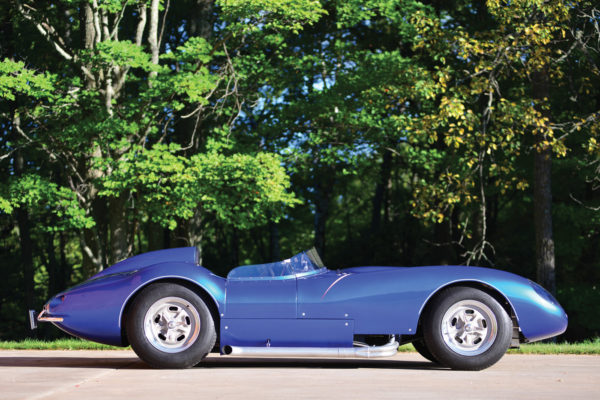
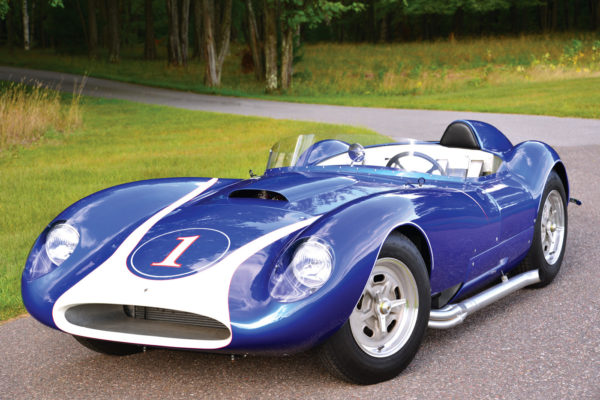
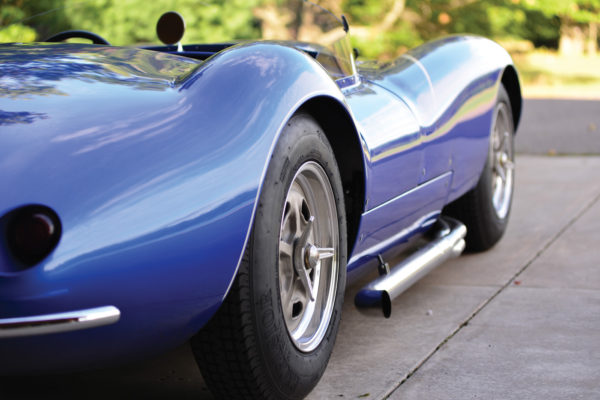
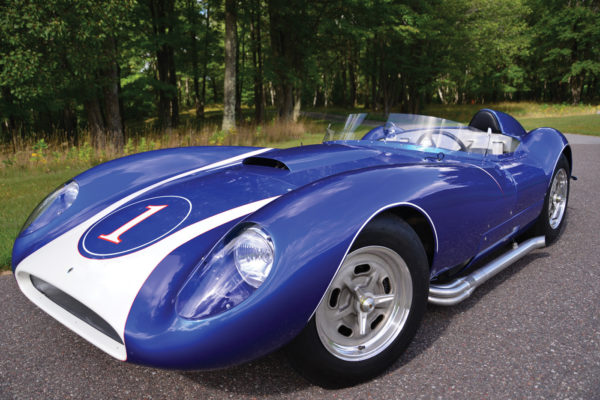
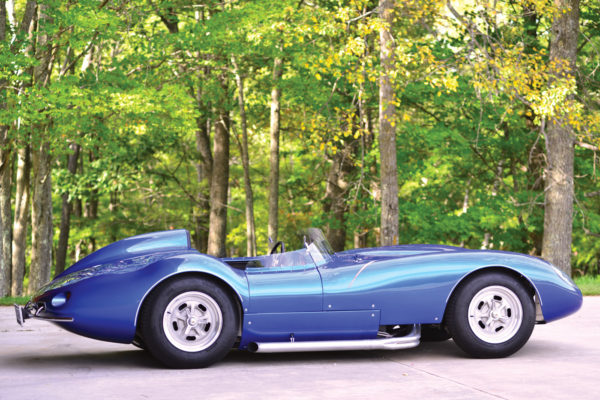
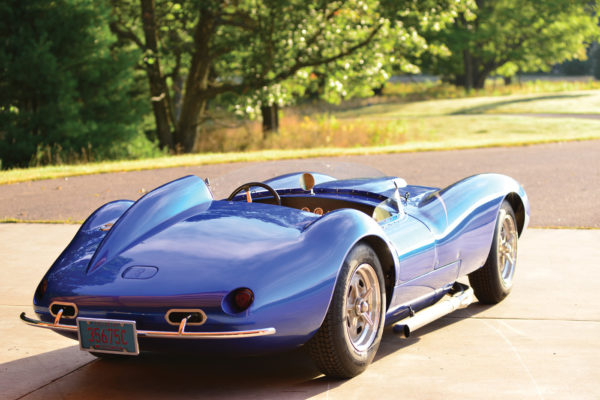
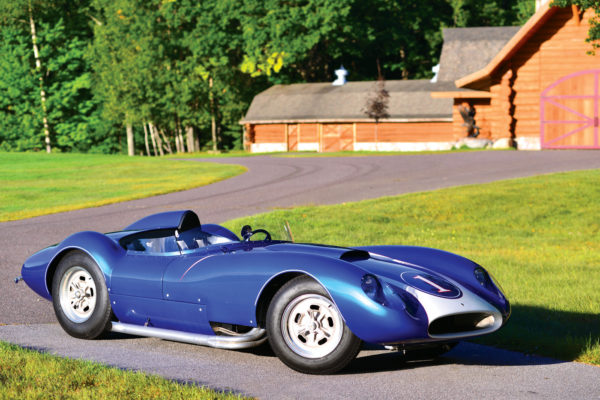
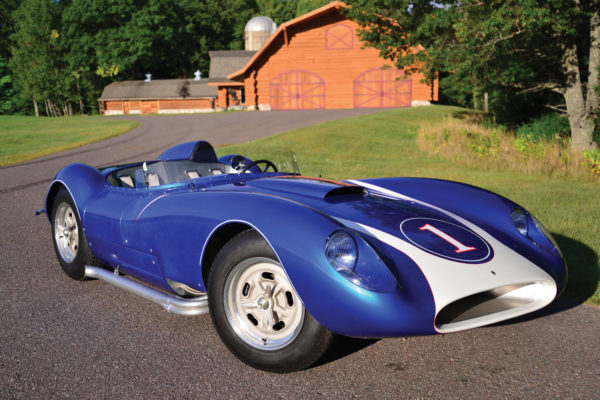
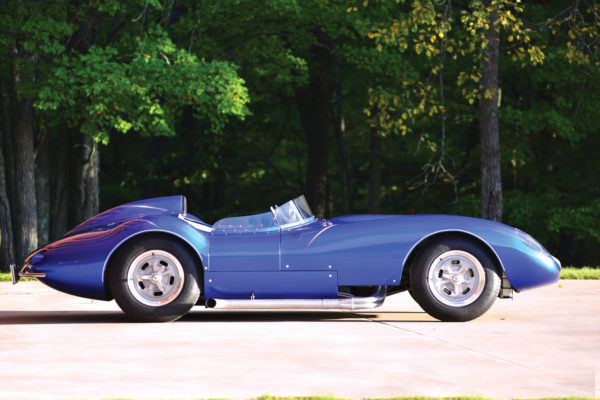
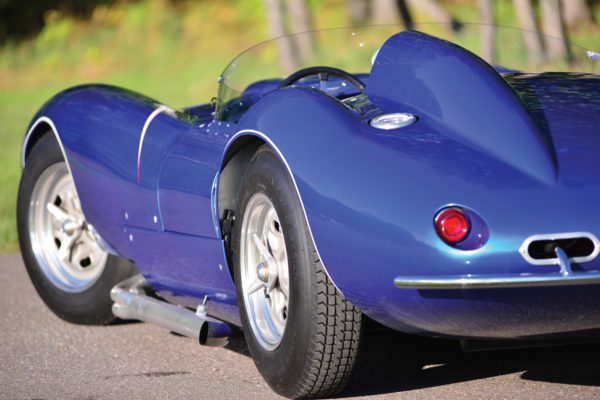
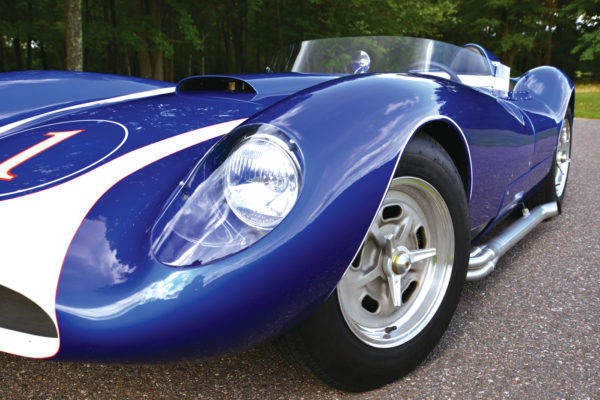
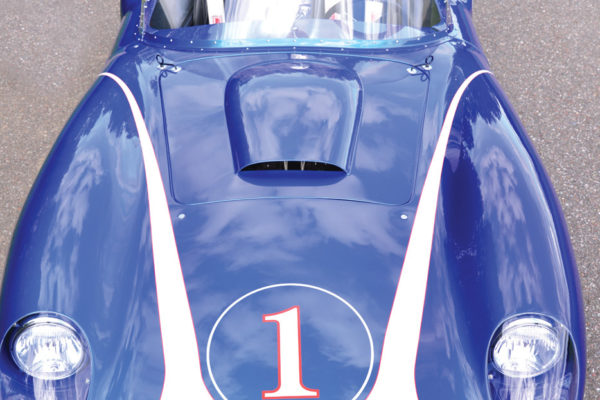
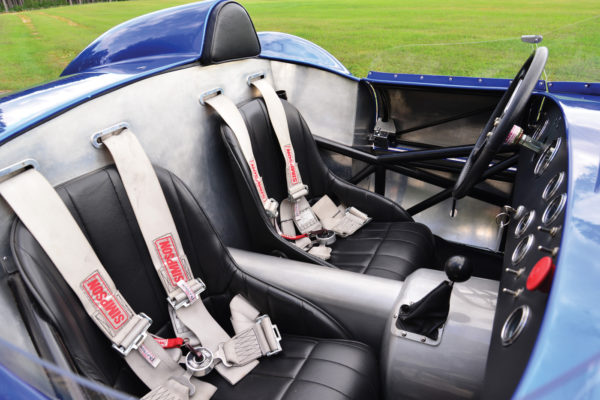
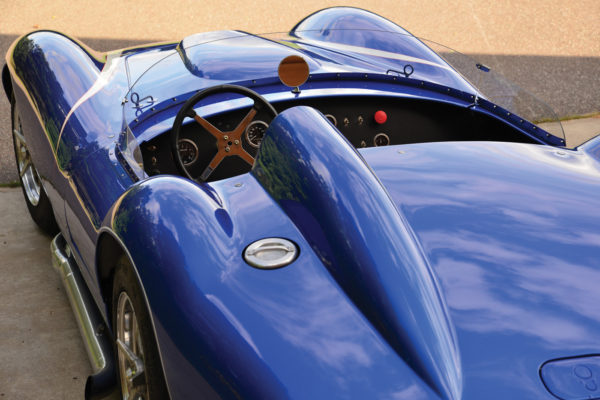
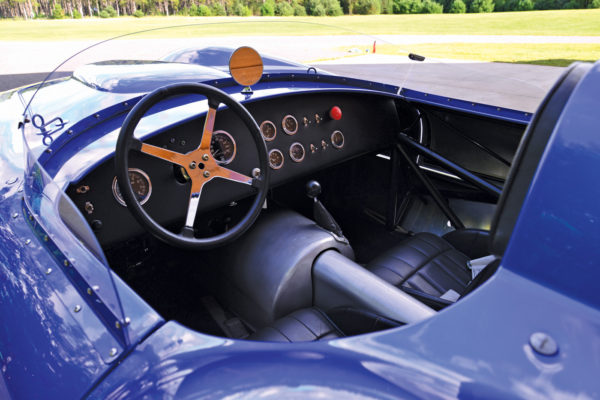
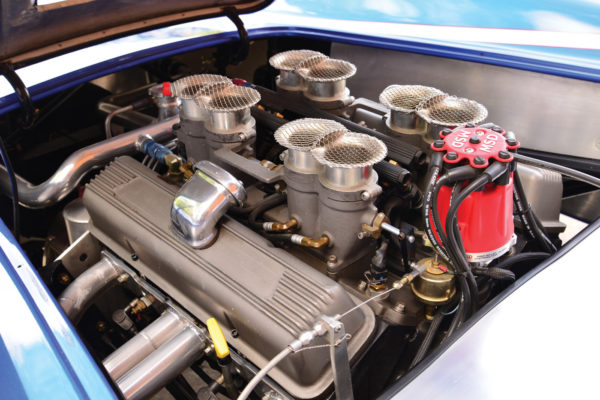
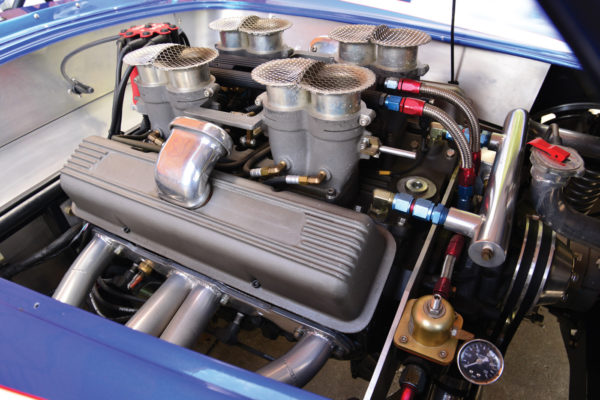
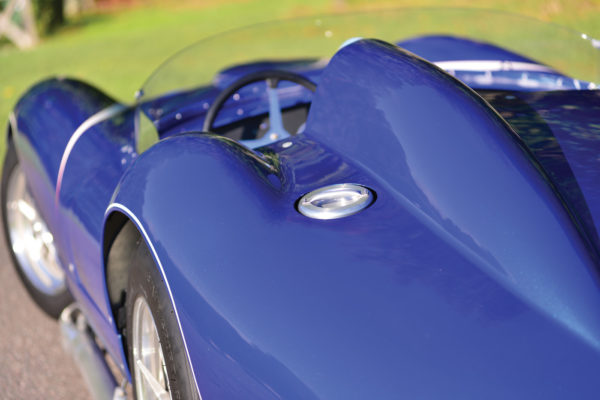
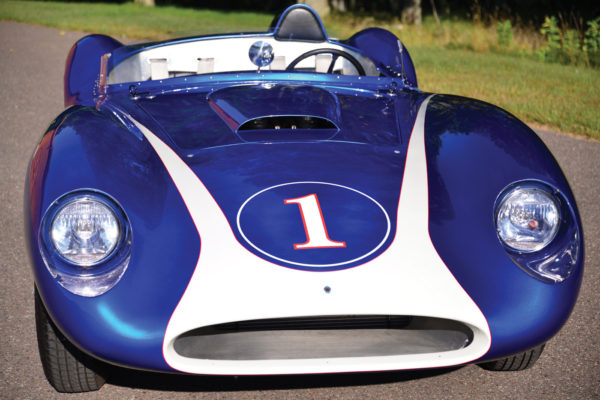
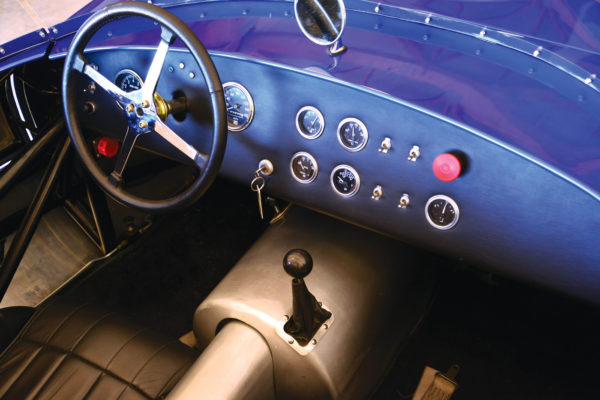
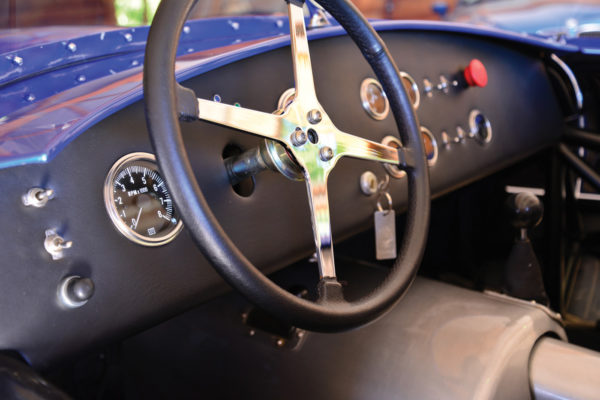
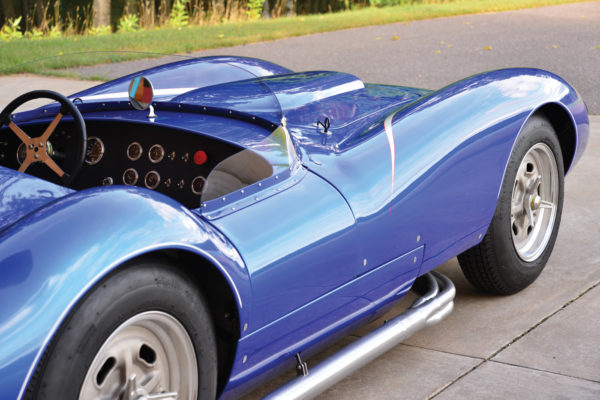
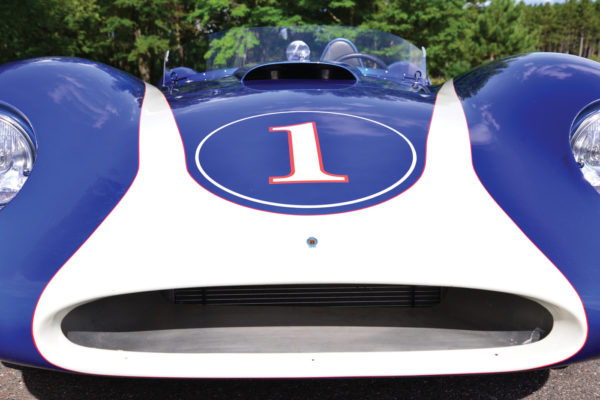
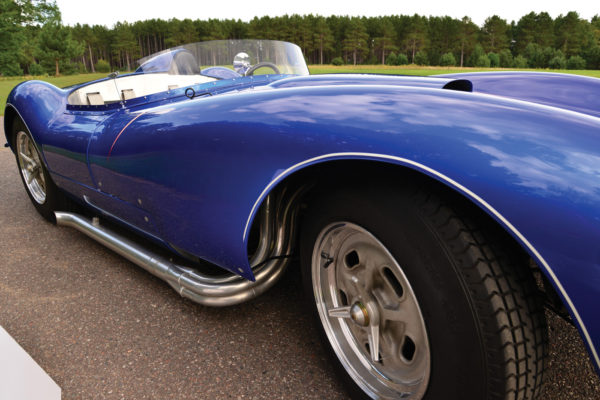
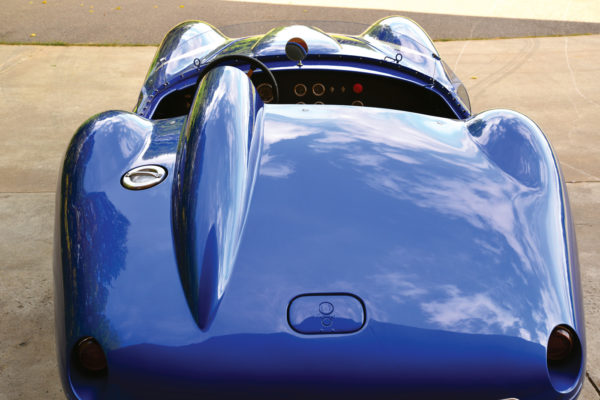
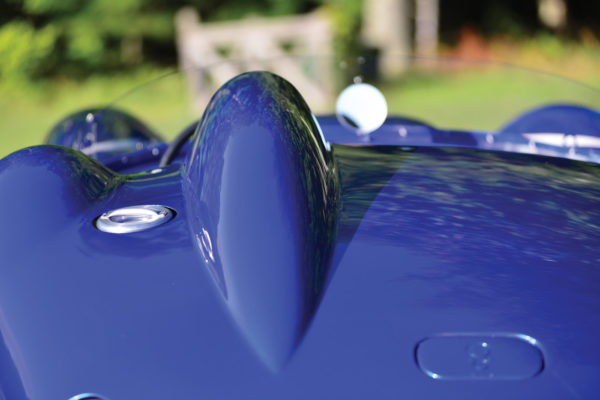
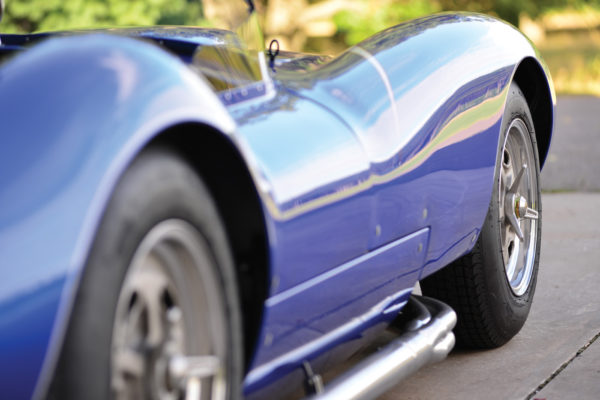
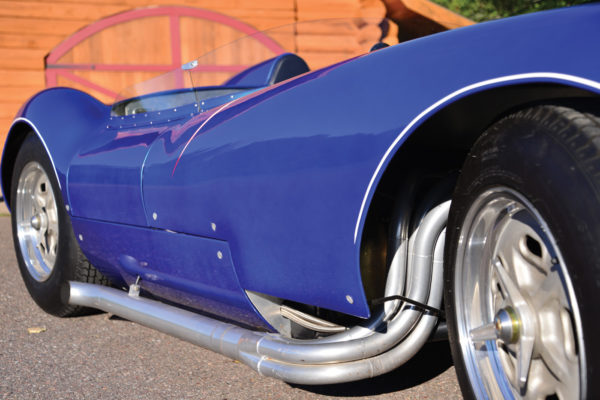
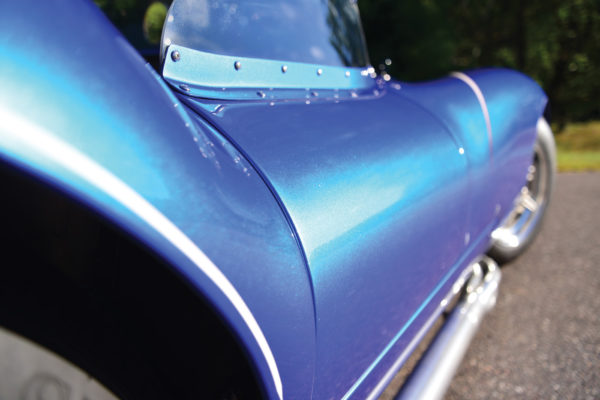
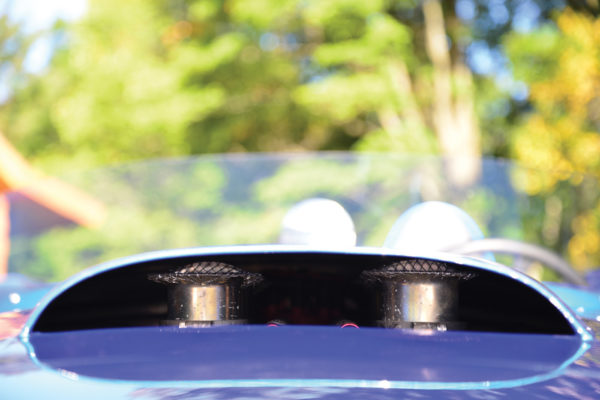
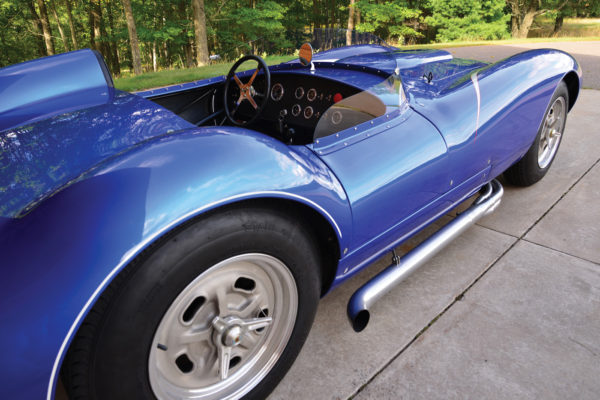
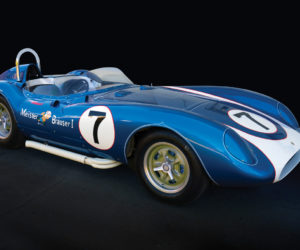
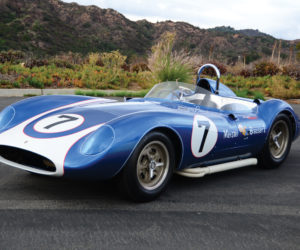
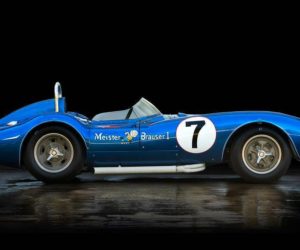
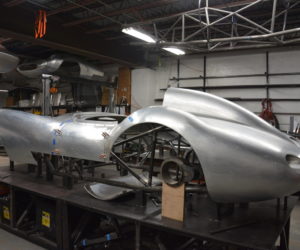
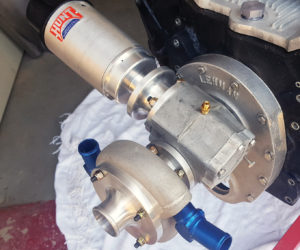
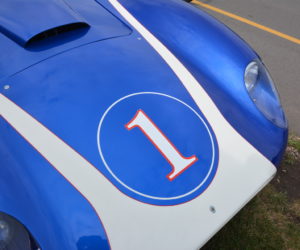




Comments for: The Iconic Scarab
comments powered by Disqus